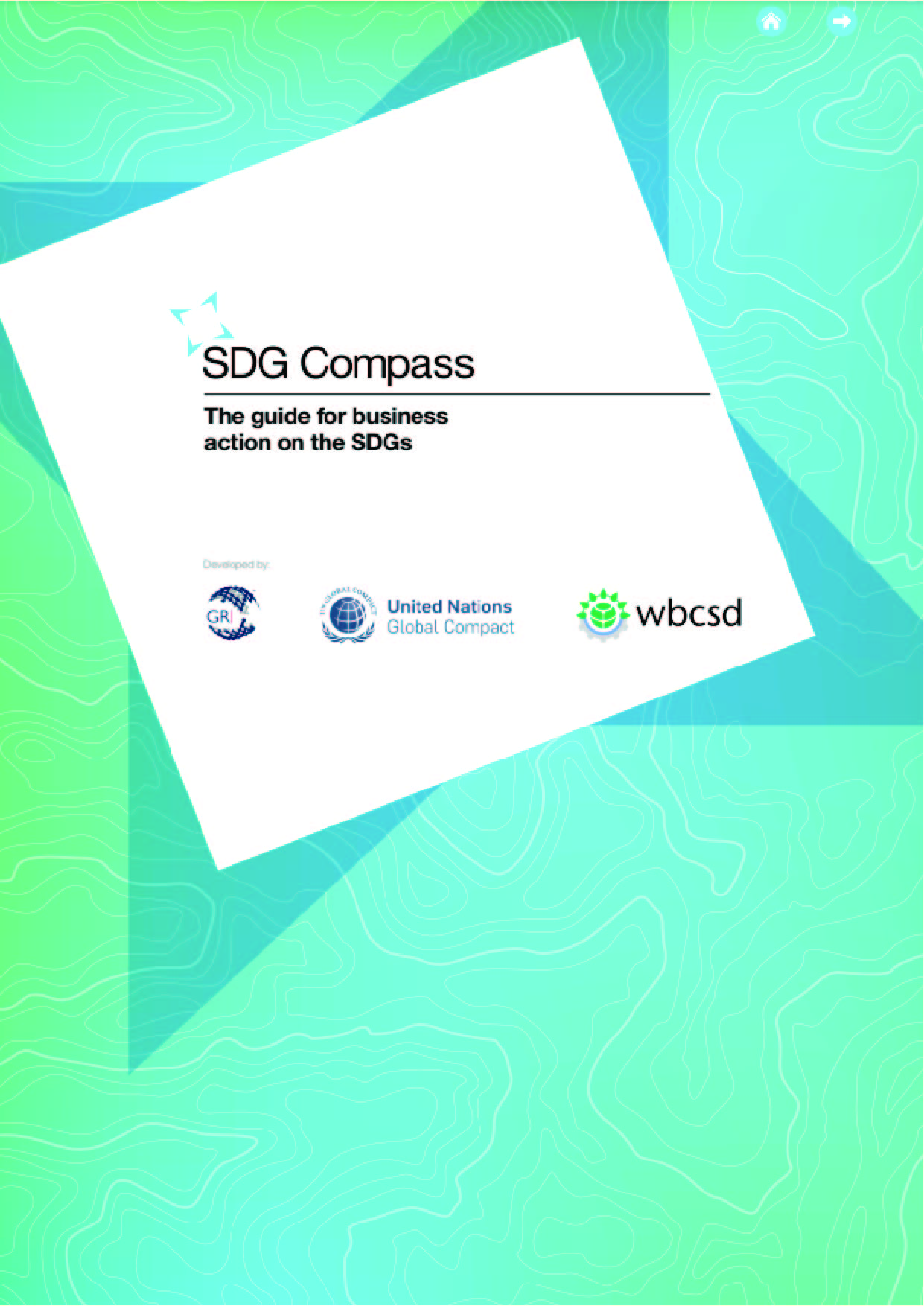Why do the SDGs matter for business?
The Sustainable Development Goals (SDGs) define global sustainable development priorities and aspirations for 2030 and seek to mobilize global efforts around a common set of goals and targets. The SDGs call for worldwide action among governments, business and civil society to end poverty and create a life of dignity and opportunity for all, within the boundaries of the planet.
Unlike their predecessor, the Millennium Development Goals, the SDGs explicitly call on all businesses to apply their creativity and innovation to solve sustainable development challenges. The SDGs have been agreed by all governments, yet their success relies heavily on action and collaboration by all actors.
The SDGs present an opportunity for business-led solutions and technologies to be developed and implemented to address the world’s biggest sustainable development challenges.
As the SDGs form the global agenda for the development of our societies, they will allow leading companies to demonstrate how their business helps to advance sustainable development, both by minimizing negative impacts and maximizing positive impacts on people and the planet.
Covering a wide spectrum of sustainable development topics relevant to companies – such as poverty, health, education, climate change and environmental degradation – the SDGs can help to connect business strategies with global priorities. Companies can use the SDGs as an overarching framework to shape, steer, communicate and report their strategies, goals and activities, allowing them to capitalize on a range of benefits such as:
Identifying future business opportunities
- The SDGs aim to redirect global public and private investment flows towards the challenges they represent. In doing so they define growing markets for companies that can deliver innovative solutions and transformative change.
Enhancing the value of corporate sustainability
- Whilst the business case for corporate sustainability is already well established, the SDGs may for example strengthen the economic incentives for companies to use resources more efficiently, or to switch to more sustainable alternatives, as externalities become increasingly internalized.
Strengthening stakeholder relations and keeping the pace with policy developments
- The SDGs reflect stakeholder expectations as well as future policy direction at the international, national and regional levels. Companies that align their priorities with the SDGs can strengthen engagement of customers, employees and other stakeholders, and those that don’t will be exposed to growing legal and reputational risks.
Stabilizing societies and markets
- Business cannot succeed in societies that fail. Investing in the achievement of the SDGs supports pillars of business success, including the existence of rules-based markets, transparent financial systems, and non-corrupt and well-governed institutions.
Using a common language and shared purpose
- The SDGs define a common framework of action and language that will help companies communicate more consistently and effectively with stakeholders about their impact and performance. The goals will help bring together synergistic partners to address the world’s most urgent societal challenges.
What is the SDG Compass?
The objective of the SDG Compass is to guide companies on how they can align their strategies as well as measure and manage their contribution to the SDGs.
The guide presents five steps that assist companies in maximizing their contribution to the SDGs. Companies can apply the five steps to set or align their course, depending on where they are on the journey of ensuring that sustainability is an outcome of core business strategy.
The five steps of the SDG Compass rest on the recognition of the responsibility of all companies to comply with all relevant legislation, respect international minimum standards and address as a priority all negative human rights impacts.
The SDG Compass is developed with a focus on large multinational enterprises. Small and medium enterprises and other organizations are also encouraged to use it as a source of inspiration and adapt as necessary. It is also designed for use at entity level, but may be applied at product, site, divisional or regional level as required.
The SDG Compass guide is organized into sections that address each of the five steps of the guide:
01 Understanding the SDGs
- As a first step, companies are assisted in familiarizing themselves with the SDGs.
02 Defining priorities
- To seize the most important business opportunities presented by the SDGs and reduce risks, companies are encouraged to define their priorities based on an assessment of their positive and negative, current and potential impact on the SDGs across their value chains.
03 Setting goals Goal
- setting is critical to business success and helps foster shared priorities and better performance across the organization. By aligning company goals with the SDGs, the leadership can demonstrate its commitment to sustainable development.
04 Integrating
- Integrating sustainability into the core business and governance, and embedding sustainable development targets across all functions within the company, is key to achieving set goals. To pursue shared objectives or address systemic challenges, companies increasingly engage in partnerships across the value chain, within their sector or with governments and civil society organizations.
05 Reporting and communicating
- The SDGs enable companies to report information on sustainable development performance using common indicators and a shared set of priorities. The SDG Compass encourages companies to build the SDGs into their communication and reporting with stakeholders.
Do you want to learn more about the topic? You can read through this book above.











